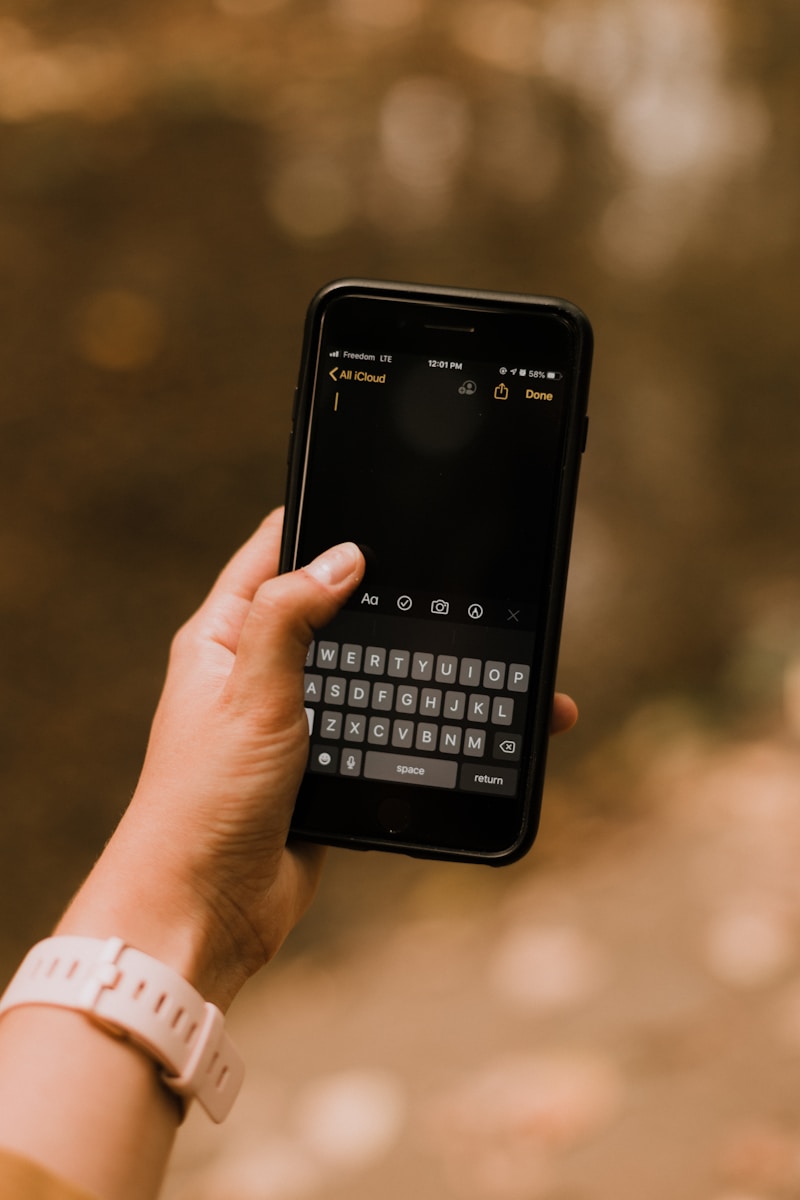In the fast-paced world of smartphone communication, autocorrect can be a double-edged sword, swiftly correcting typos but just as swiftly introducing embarrassing errors. For iPhone users frustrated by the persistent “ducking” autocorrect, fear not—there are solutions at hand to tame this digital quirk.
Adding Custom Words
The first line of defence against autocorrect mishaps lies in customising your iPhone’s dictionary. One effective method is integrating custom words via your Contacts app. By inputting your desired words into a new contact’s first name field, separated by spaces, you can ensure that these terms are swiftly recognised and accepted across your device. This simple workaround not only saves time but also mitigates the frustration of constantly correcting your texts.
Text Replacements for Swift Solutions
Another viable strategy is leveraging the Text Replacement feature found in iPhone settings. This approach involves adding desired words along with corresponding shortcuts. While slightly more manual, it proves highly effective in ensuring that frequently used terms are readily accessible and correctly recognised by autocorrect. This method not only streamlines typing but also minimises the chance of embarrassing autocorrect errors.
Harnessing Apple’s Pages App
For those adept with Apple’s ecosystem, the Pages app offers a unique solution. Similar to its Mac counterpart, Pages on iPhone allows users to incorporate new words into the device’s dictionary. By simply typing the desired word in a document and selecting “Learn Spelling” from the options menu, users can promptly integrate new vocabulary into their iPhone’s autocorrect database. This method, though requiring a brief delay for full integration, guarantees accurate recognition across iOS applications.
Continuous Calibration
Additionally, iPhone users can manually train autocorrect by selecting the appropriate word suggestions that appear above the keyboard. When an unrecognised term appears within quotes, tapping on it adds the word to the dictionary. While this process may require repetition for stubborn entries, it proves effective in refining the device’s autocorrect functionality over time.
Resetting for a Fresh Start
In cases where autocorrect persistently favours incorrect substitutions, a comprehensive solution involves resetting the iPhone’s keyboard dictionary. This step, accessible through Settings under General and Reset, effectively purges all custom entries. While drastic, this reset ensures a clean slate, allowing users to rebuild their dictionary from scratch and eliminate persistent autocorrect frustrations.
In conclusion, mastering autocorrect on your iPhone demands a blend of strategic customisation and occasional recalibration. By integrating custom words via Contacts or Text Replacement, utilising Apple’s Pages app for dictionary updates, and diligently correcting errors as they arise, users can significantly enhance their typing experience. For persistent issues, the option to reset the keyboard dictionary offers a definitive reset button, ensuring a fresh start. As technology evolves, so too does our ability to adapt and personalise our digital interactions—empowering us to communicate with confidence, free from the tyranny of unintended autocorrect errors.


